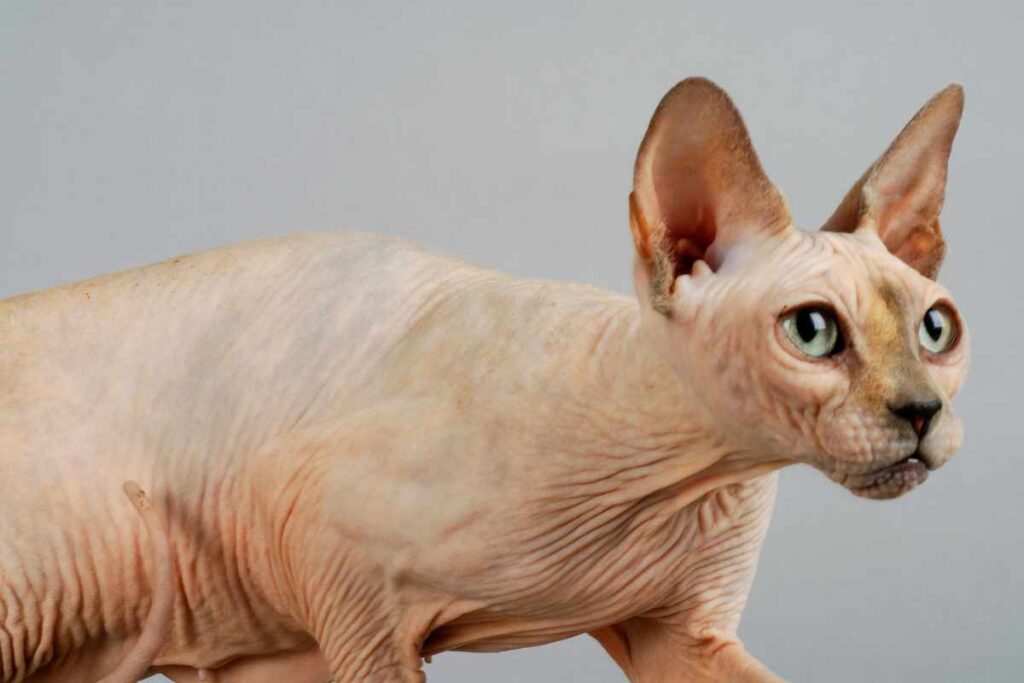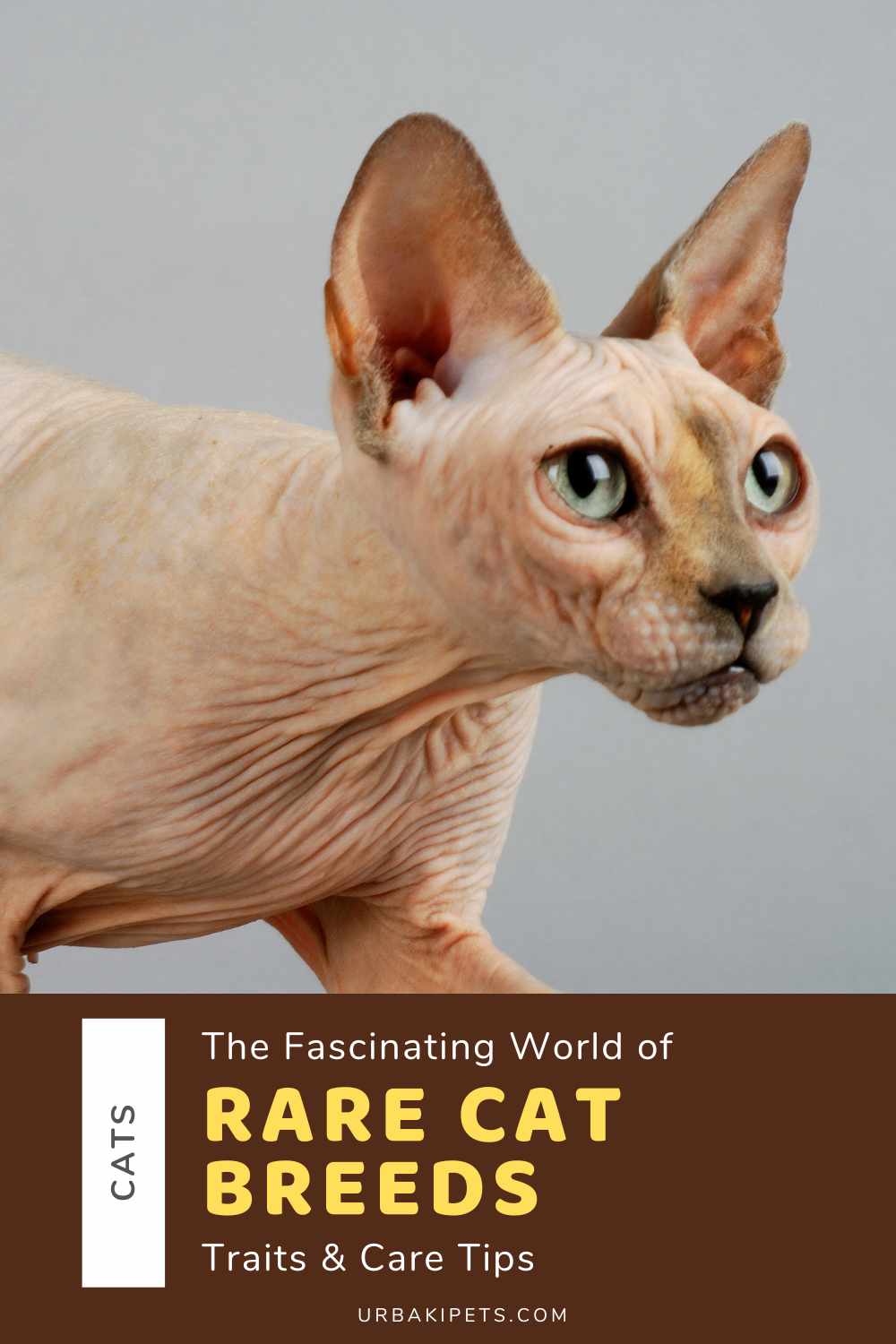The Fascinating World of Rare Cat Breeds - Traits & Care Tips

While most people are familiar with popular felines like the Siamese or Persian, there’s a whole world of rare cat breeds that deserve attention. These unique companions stand out for their distinctive looks, unusual origins, or uncommon temperaments. From curly coats to hairless bodies and striking eye colors, rare breeds bring a refreshing twist to the typical idea of a housecat.
Choosing one of these special breeds means learning about their particular traits and how to care for them properly. Whether you’re a seasoned cat lover or new to feline companionship, discovering rare breeds can open your eyes to new and rewarding experiences.
Understanding What Makes a Cat Breed “Rare”
A cat breed is considered rare for a variety of reasons. Some are newly developed and not yet widespread. Others are ancient but have always existed in limited populations. In some cases, strict breeding standards or health concerns keep their numbers low.
Rarity doesn’t mean fragility, but it does call for a bit more awareness. Many rare breeds have specific care needs that differ from their more common cousins. Learning about these distinctions is key to providing a happy, healthy home.

Notable Rare Breeds and Their Standout Features
Let’s take a closer look at a few remarkable, rare cat breeds and what sets them apart.
LaPerm – This breed is known for its curly coat, which can range from loose waves to tight ringlets. Their fur is soft and low-shedding, making them a favorite among those who prefer less mess. LaPerms are affectionate, curious, and often enjoy being involved in everything their humans do.
Khao Manee – Native to Thailand, these cats are instantly recognizable by their brilliant white coats and striking eyes—often one blue and one gold. Khao Manees are known for being sociable and vocal, forming deep bonds with their families.
Peterbald – A breed developed in Russia, Peterbalds often resemble the more famous Sphynx but can come in a variety of coat types, from bald to velvety fuzz. They are elegant, slender, and very affectionate, often seeking constant interaction.
Serengeti – With long legs and bold spots, the Serengeti cat resembles a wild feline but is completely domestic. These cats are energetic and love to explore, so they thrive in environments that offer room to climb and play.
Each of these breeds brings something extraordinary to the table, whether it’s physical beauty, playful behavior, or deep loyalty.

Creating the Right Environment for Rare Breeds
Many rare cats need specific environmental conditions to thrive. For example, hairless breeds like the Peterbald benefit from warm, draft-free spaces. On the other hand, active breeds such as the Serengeti do best in homes with vertical spaces, interactive toys, and areas to roam.
Even if a breed doesn’t require anything extravagant, paying close attention to their individual needs goes a long way. Cozy sleeping areas, safe perches, and regular stimulation keep rare cats healthy and content.
Cats with sensitive skin or unique grooming needs might require special bedding, gentle cleaning routines, or protective clothing in colder weather. A little planning ensures they stay comfortable in your home.
Nutrition and Grooming Considerations
While all cats benefit from a balanced diet, rare breeds sometimes have specific nutritional preferences. For instance, very active breeds may need more calories, while hairless ones might benefit from skin-supportive nutrients like omega-3s.
Some rare cats have digestive sensitivities, so feeding high-quality, protein-rich food can help avoid issues. It's always a good idea to consult with a vet familiar with your cat’s breed to develop the best plan.
Grooming varies widely across breeds. A LaPerm’s curls require gentle combing to avoid matting, while a Peterbald may need regular wiping to remove natural oils. Even short-haired breeds can benefit from routine brushing and nail trimming.
The key is establishing a care routine early and sticking to it. It not only supports your cat’s health but also builds trust and strengthens your bond.

Social Needs and Behavioral Traits
One thing that many rare cat breeds have in common is a strong social drive. Unlike more independent felines, many of these cats crave human interaction and do not enjoy being left alone for long periods.
Some, like the Khao Manee, are especially vocal and expressive, often “talking” with their owners throughout the day. Others may follow you from room to room or demand cuddle time on their terms.
Providing enrichment is essential. Puzzle toys, window perches, and even cat-safe plants can create a stimulating environment that reduces stress and boredom. Training sessions, clicker games, or gentle fetch can also be surprisingly well-received by breeds eager to engage.
Health and Lifespan Awareness
Rare doesn’t necessarily mean unhealthy, but some breeds do carry genetic risks due to small breeding populations. Responsible breeders screen for common conditions, but ongoing vet care is vital to catching any problems early.
Hairless breeds may need regular skin checks and sun protection, while cats with unique bone structures might benefit from joint support. Knowing your breed’s potential vulnerabilities allows you to offer better care from the start.
On average, most rare cat breeds live well into their teens when properly cared for. With attention to diet, regular vet visits, and a safe home environment, your rare cat can enjoy a full and vibrant life.
Did you find this post useful or inspiring? Save THIS PIN to your PETS Board on Pinterest!


You may also like